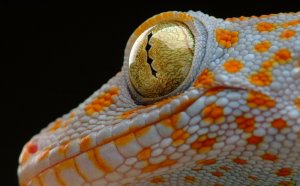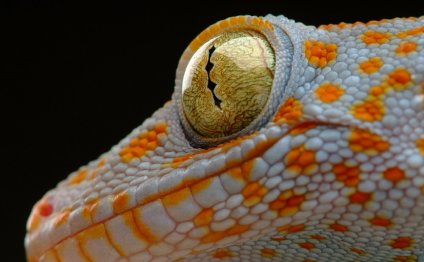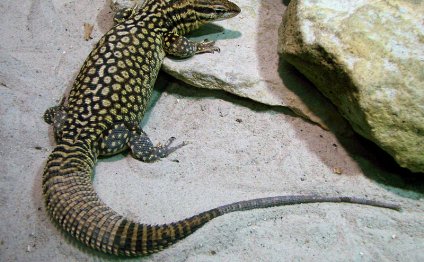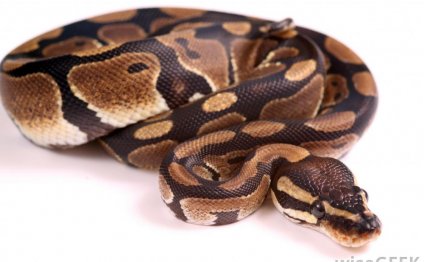
Keeping a pet snakes
Bringing a pet snake into your family requires preparation. You also need to ensure that everyone will be comfortable with the new addition.
Bringing your first snake into your family requires preparation, and the certainty that everyone else in the family will be comfortable with the newcomer. Is there anyone in your family who might be afraid of snakes? Are you renting a home? If so, check with the landlord about whether pet snakes are permitted.
Snakes are carnivores that eat their prey whole. Will the storage of the food items be a problem? Think about these things before deciding on a pet snake.
ESSENTIAL EQUIPMENT
A pet snake needs an enclosure, and a hidey-home inside the enclosure. Unlike enclosures for fish, hermit crabs, birds, and horses; bigger is not better for a snake enclosure. Small snakes become anxious when faced with a home that is too big. Generally speaking, arboreal snakes need tall enclosures and ground-dwelling snakes need wide ones. Choose a variety of snake before shopping for a terrarium, but buy and set up the snake home before you buy the snake. You’ll see why in a moment.
Pet stores which sell reptile and amphibian supplies sell an assortment of excellent terrariums with covers (‘canopies’) designed for these animals. Choose one for your snake, and then pick out substrate materials. These are the things that line the bottom of the tank. There are sands and gravels and mulch which can closely replicate the snake’s natural habitat. These are ideal. Several layers of newsprint can also get the job done. It is easy to keep the newsprint clean and dry, and it is considerably cheaper. However, the closer to a natural habitat you can manage, the healthier your snake will be in the long run. Choose the rocks, climbing branches, vines, and so on according to the kind of snake you have chosen. The small ground-dwelling pythons need rocks and a climbing branch. Some other kinds need lots of branches and vines to climb on and hide in.
All snakes need a hidey-home. This might be a cave made of rock, or a piece of clean cardboard that the snake fits under. She needs a place where she feels safe to rest and relax.
Some snakes will need an ultraviolet-B (UVB) light. Some won’t. Some will get along nicely with half an hour of unfiltered sunlight each day. Investigate the details of your variety’s needs. All snakes will require a basking light. Position it over a nice basking rock or branch.
You’ll need an assortment of thermometers and hygrometers (devices that measure humidity): some for the floor and some for the walls of the terrarium. Never, ever believe the thermostats.
All snakes should also have some under-tank heating. You need to be careful here: You don’t just stick a heating pad under the tank, turn it on, and ignore it. It needs to be small enough to provide heat to only part of the floor, under part of the hidey-home. The idea is to provide what is called a “heat gradient”. That means that one section of the floor under a hidey-home should be a specific temperature. Let’s say, for example, that the ideal temperature for your snake is 30C. Another spot on the floor under the hidey-home should be a little warmer, at 31C, and still another should be 28C or 29C. Yet another section of the floor outside the hidey-hole, should be as cool as 22C-24C, and unheated. This way, the snake can regulate her body temperature by moving around. Her ideal temperature should be available in her hidey-hole.
Don’t rely on the basking lamp for all your snake-heating needs. It won’t work. Also, don’t go by the thermometers on the wall of the tank, either. They won’t tell you how warm or cold the floor is. Track the floor temperatures, air temperatures, and humidity several times a day and a few times per night for at least a week, before putting the snake in her new home. If you get this wrong, your snake will suffer.
EXERCISE
Pet snakes do not require much in the way of exercise. Allow her to do her thing, with proper climbing equipment available, and she’ll be fine. Some of the larger snakes like to have a swim in a safe wading pool from time to time.
FEEDING
All snakes are carnivores. They eat meat. In fact, they eat their meat whole, with all the bones and innards still inside. Many types of pet snakes eat mice and rats. Some eat amphibians other reptiles. The tiniest ones might live on large insects.
Fortunately, many pet snakes will accept dead prey. If yours does, consider keeping a separate small freezer for what are delicately called “prey items”. Dead mice and rats of various ages can be purchased in frozen packages through pet supply stores and directly from people who breed “feeder” mice. For health reasons, it is best to keep your snake’s dinner separately from your own foods. Depending on the snake, she might scarf down three or four at one meal, or she might only eat one. You’ll need to keep half a dozen on hand, in any case. Try starting with prey items that are about the same size around the middle as your snake is.
If your snake won’t touch dead prey items, try wiggling the meal a bit, to make it move. Also, try putting a piece of fabric over the tank as a “privacy curtain”. Sometimes one or both of those will do the trick.
RELATED VIDEO
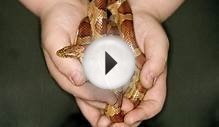


Share this Post
Related posts
Colorful lizard
A very large species of chameleon that is endemic to forests in eastern and northern Madagascar. They reach up to 68 cm (27…
Read MorePet frogs for sale
Choose your dart frog Browse through our huge collection of captive bred dart frogs of all kinds and select one that you…
Read More